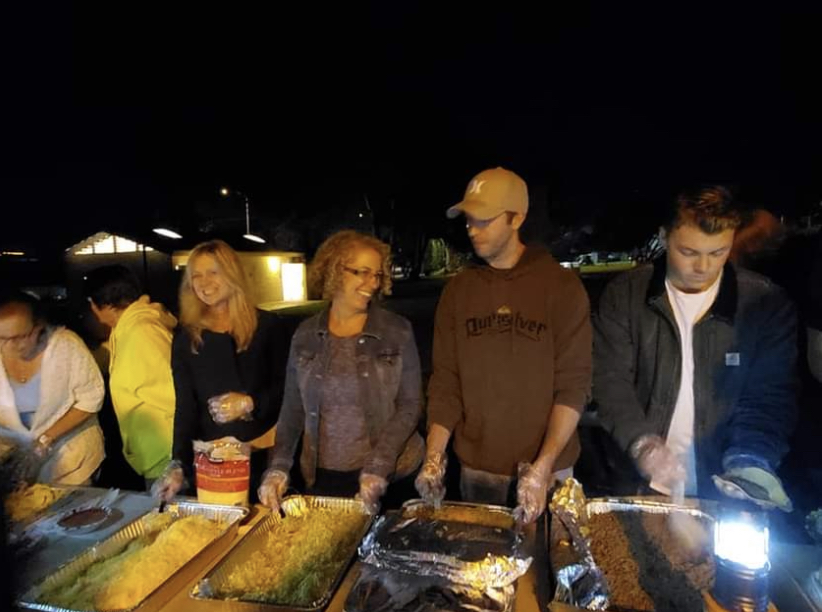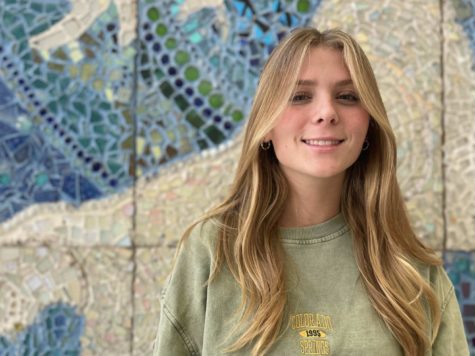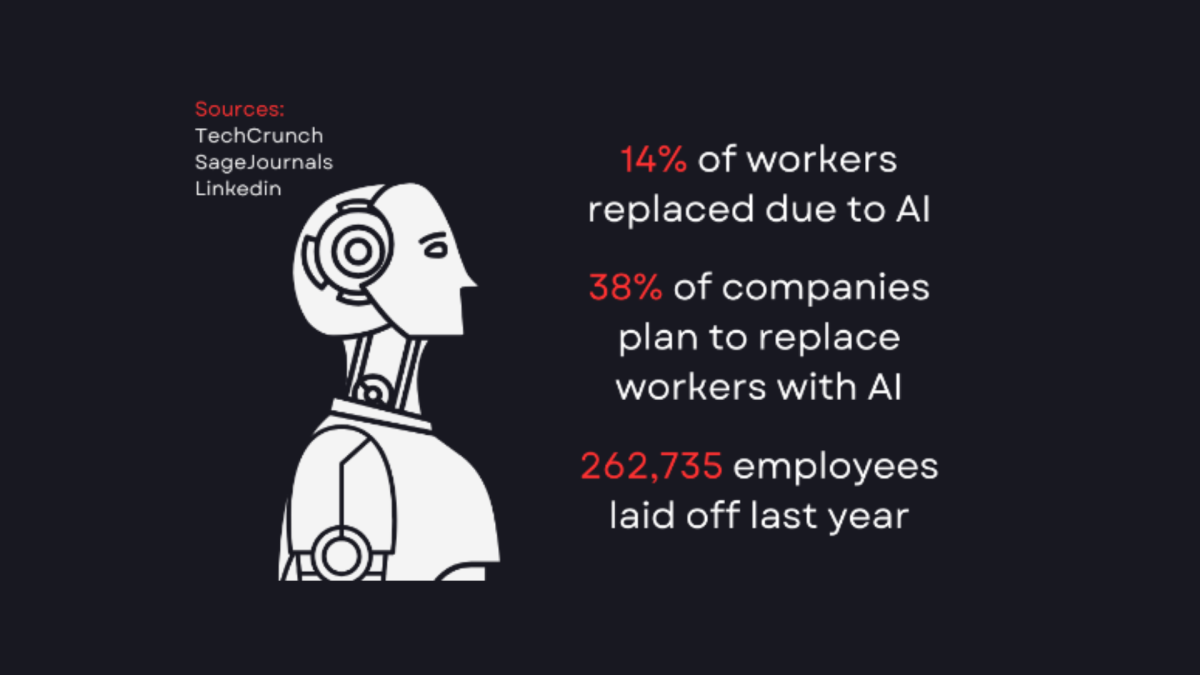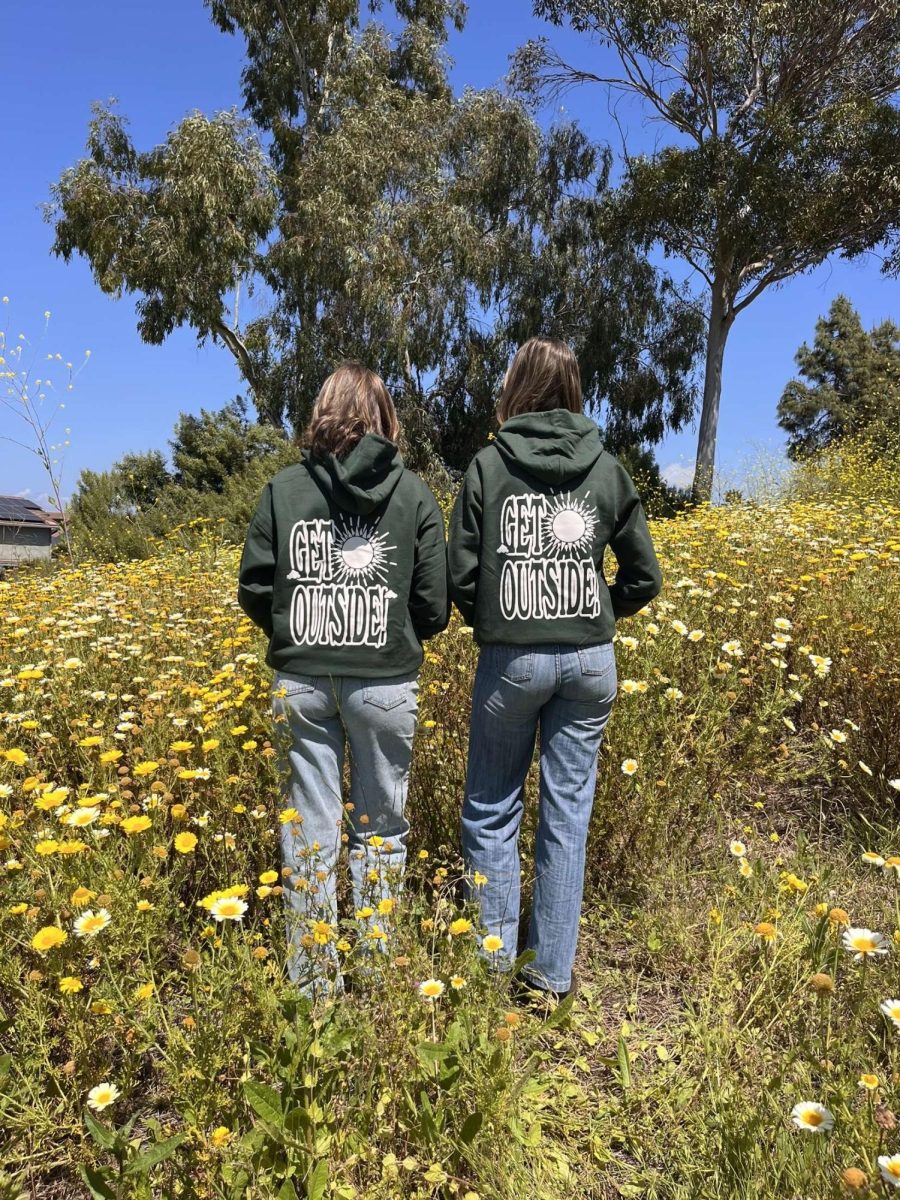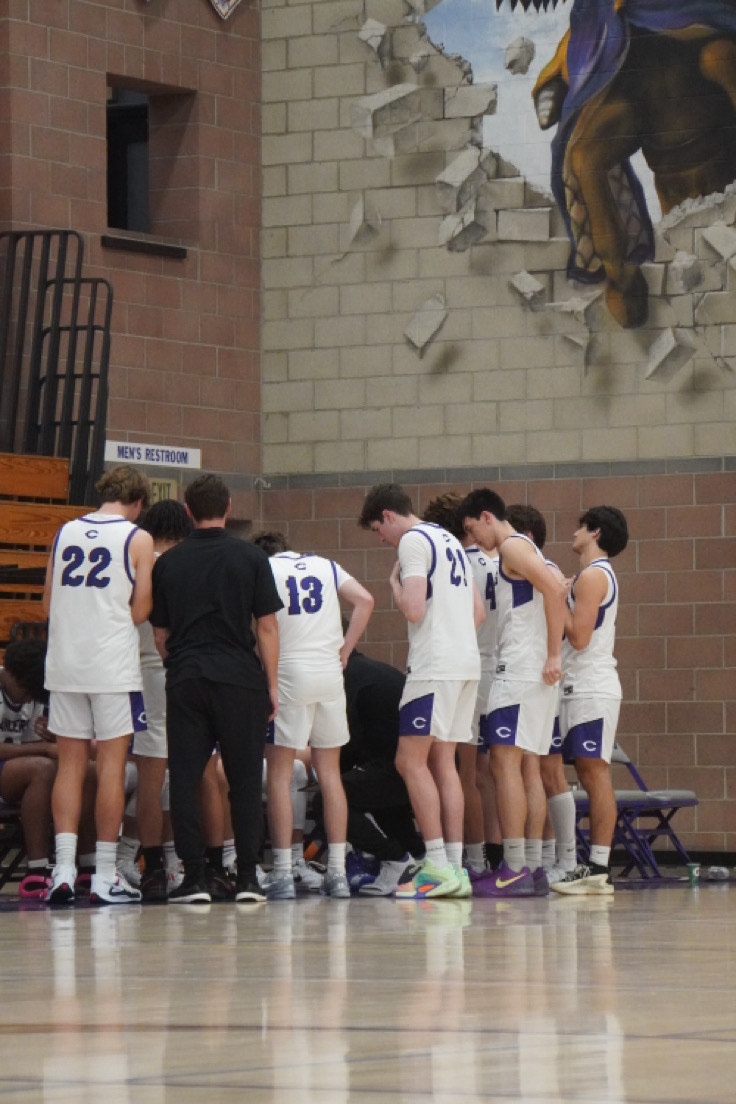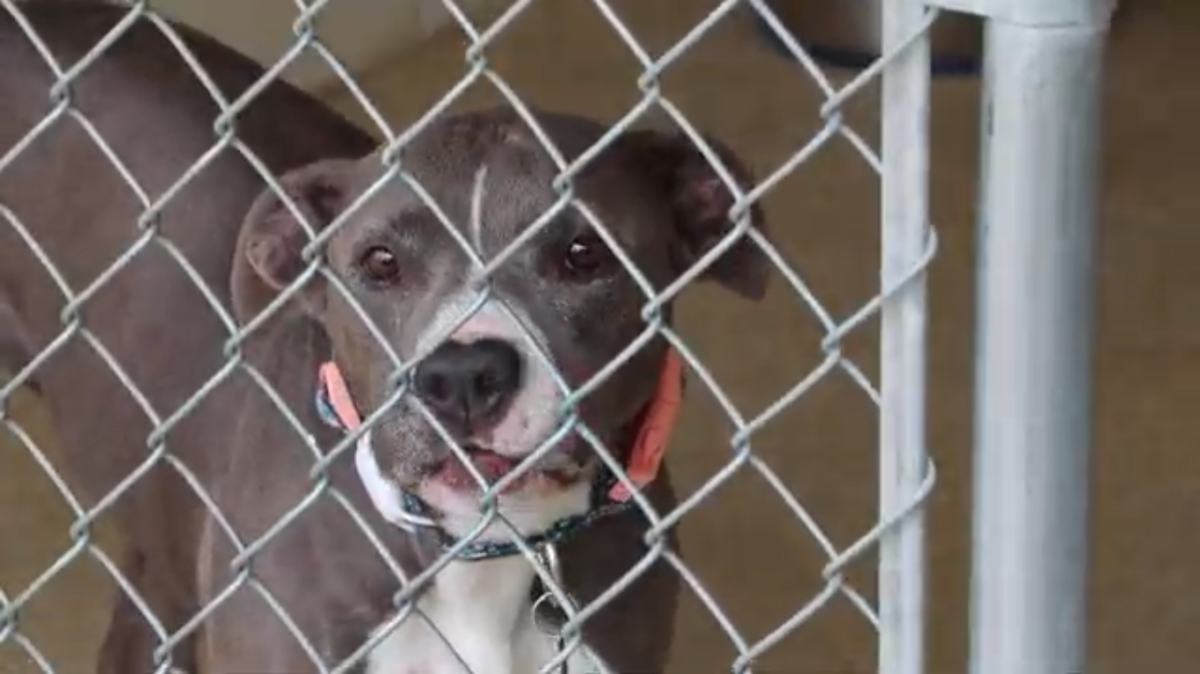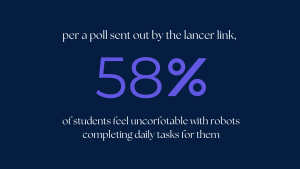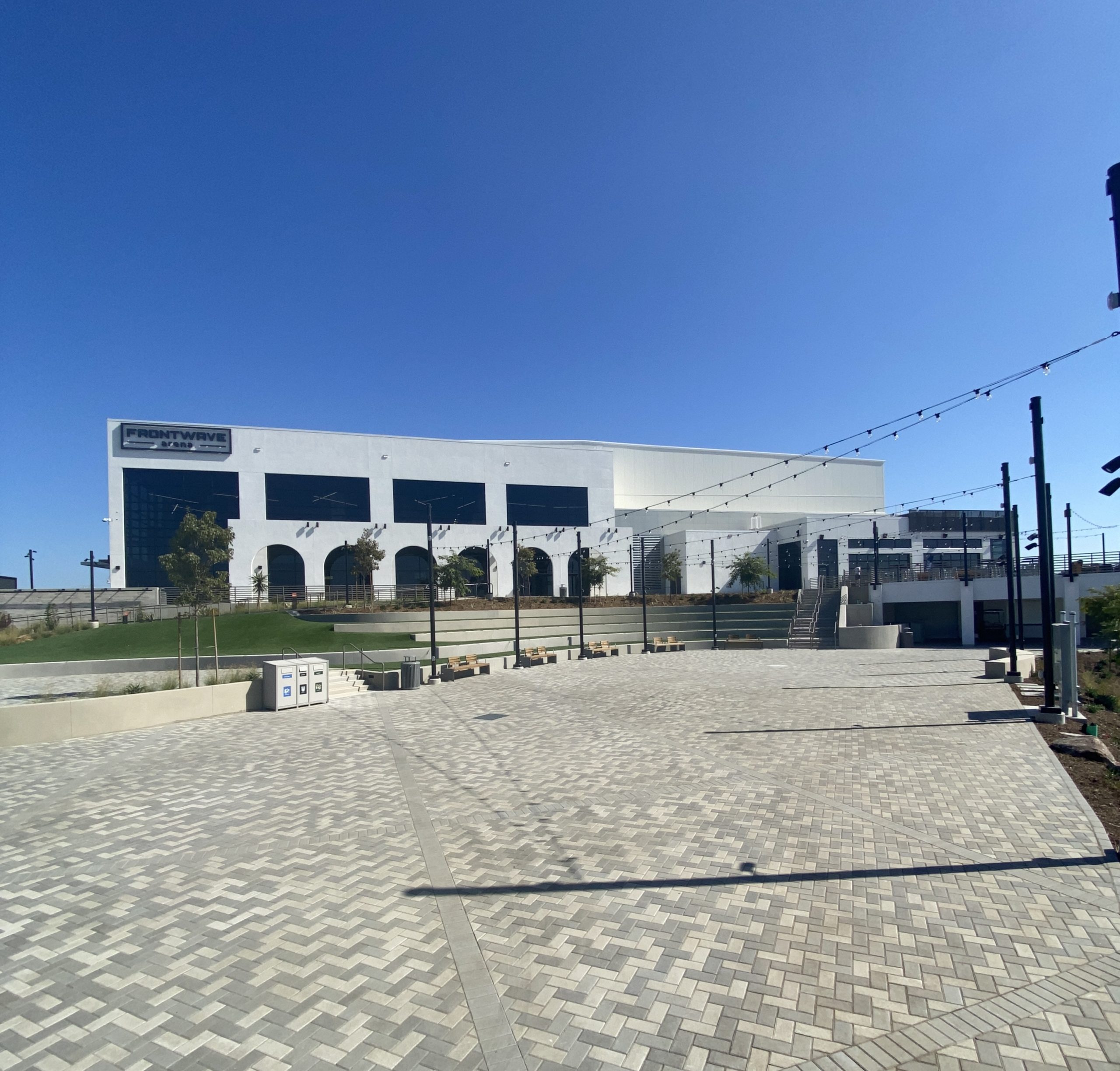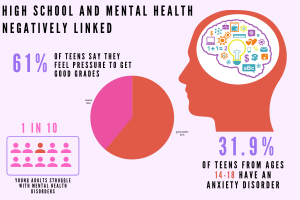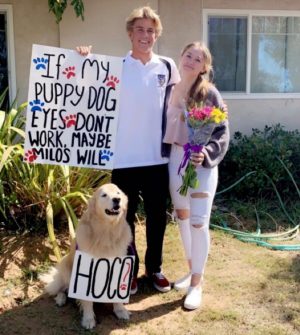Fill-A-Belly Organization
A pre-pandemic Fill-A-Belly event where volunteers and food-insecure people came together to share a meal
March 18, 2021
During April of 2008, Molly McKeown, the founder of Fill-A-Belly organization was walking through the Carlsbad Village and was asked multiple times for food or money. It was there that she noticed the issue of homeless people not having the food or necessities they need.
McKeown and her sister came up with the idea to start giving out bagged lunches. This small idea soon developed into needing volunteers, and becoming a huge operation with two cities involved. Jules Abraham is a member and secretary of Fill-A-Belly’s board of directors.
“They wanted to do something,” Abraham said. “They tried to sort of create a soup kitchen of some kind, and over time that turned into taking it out into a park. Eventually, that evolved into having volunteers cook the meal instead of just two people.”
Normally Fill-A-Belly has each of their volunteers prepare and bring a meal to share, but because of COVID-19, they’ve had to do things a little differently these past few months. To keep both their volunteers and guests safe, Fill-A-Belly decided it would be best to put a pause on volunteers bringing food in from their homes. Kathleen Dallas-Orr is a member of the Fill-A-Belly board of directors.
“Right now we’re having to appeal to restaurants to have everything pre-done ahead of time,” Dallas-Orr said. “We can’t do it the traditional way, so we’re getting discounted meals from restaurants right now.”
Fill-A-Belly isn’t your typical soup kitchen. Fill-A-Belly doesn’t turn anyone away and they’ll help any person in need. They help travelers, homeless, low-income families, people with mental illnesses, people with addictions, or anyone else in the community that needs a warm meal.
“I’m very careful and I think we’re all very careful to not say homeless,” Abraham said. “We don’t just deal with the homeless. We deal with a category of people called food insecure. What this means is for whatever a person’s circumstance is they don’t always know where their next meal is going to come from. This could be somebody who is on federal or state assistance, or could be families that may have a lower income.”
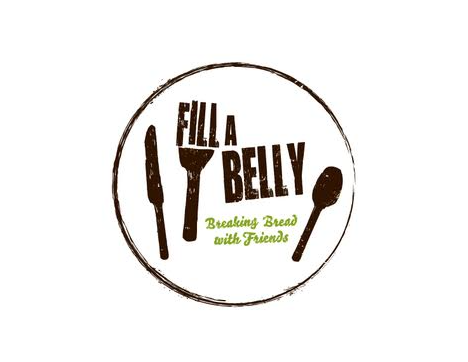
There’s a number of things that you could do to help Fill-A-Belly, like donating or volunteering. Donating items like cash, clothing, tents, sleeping bags, and toiletries are always wanted and appreciated.
“A lot of the things that our guests are looking for are things like toiletries,” Dallas-Orr said. “Small things that you could get from a hotel like small little shampoo bottles, cosmetics, or hygiene products.”
When the weather starts to get rainy and cold they ask for items that are needed for the autumn and winter. Things like sleeping bags, lots of blankets, and warmer clothing like jackets.
“Seasonally we’ll ask for tents, sleeping bags, and once the rainy season comes in we’re always looking for tarps,” Dallas-Orr said. “Some people fashion them as a tent, some people lay on them, and people use them to cover up their car.”
Fill-A-Belly values relationship, good food, empowerment, and a fulfilled life. Everyone they get the chance to meet is considered their guest, and they build relationships with each other by sharing a meal.
“It’s just a meal,” Abraham said. “Everybody sits around and they talk. People know each other, and it’s just a bunch of humans getting together…It’s an amazing experience, it really is, and it’s life-changing every time.”



